Timber cladding serves a protective and aesthetic function that is expected to last for long periods. Thus, there are key desirable properties like cost, durability, appearance, and nature of the installation.
Cladding is available in a wide range of species which are machined to a certain profile that suits the way different pieces fit together. There are thousands of tree species that vary in hardness and appearance.
Some types of wood have good natural durability that resists insects, decay, and moisture and offers decent stability, beauty, and workability that makes them good choices for external cladding.
The process of selecting the right species for timber cladding can be complex and a little off-putting. This guide is meant to help you explore this process logically and ensure you pick the correct material for your project.
Here are a few tips to help you pick out the best timber cladding.
The best timber for external cladding
Western Red Cedar
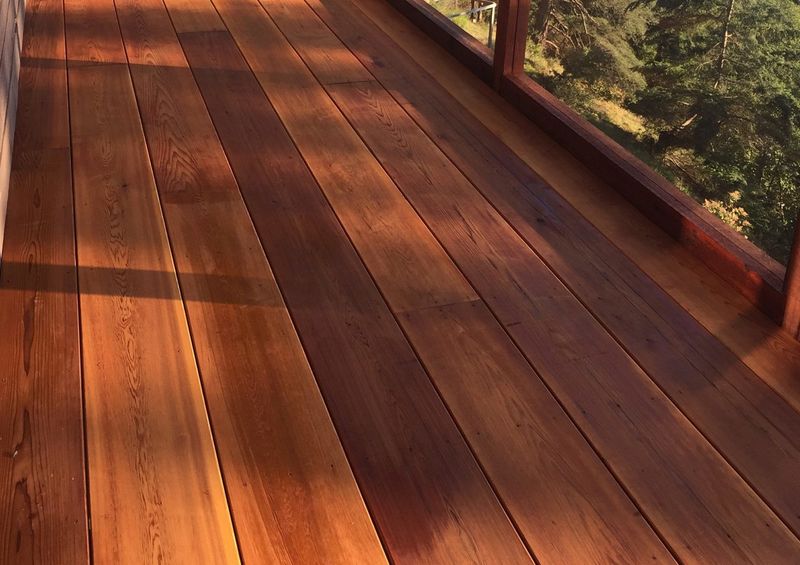
Source -
This type of wood varies in color from reddish to pinkish brown that bears dark red and brown streaks. It features a straight grain and has a medium to coarse texture. Western Red Cedar is very resistant to rot and has good machining properties.
Many consider it to be the best species for cladding since it is lightweight, stable, and naturally repels any destructive forces foisted by nature.
Siberian Larch
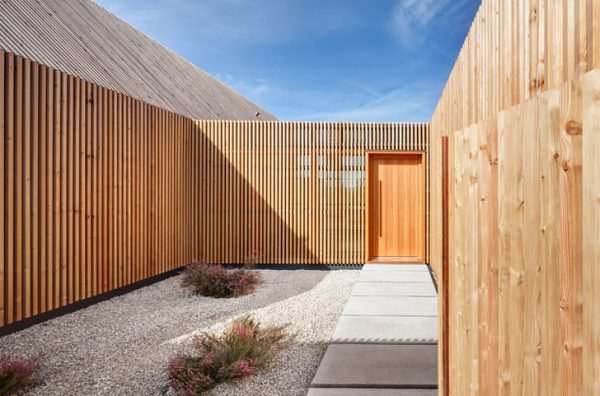
Source -
Siberian larch is generally straight or spiraled and the surface has a medium-to-fine texture. It bears a color that ranges from pale yellow to medium brown. Siberian larch is highly durable and can take both nails and screws well as a result of its excellent machining properties.
Larch is much harder than Cedar and it is incredibly scratch resistant compared to other hardwoods. It is also cheaper than Cedar which makes it ideal for those working on a tighter budget.
Alaskan Yellow Cedar

Source -
This type of wood is uniform and straight with a fine texture. As the name indicates, this type of timber is pale yellow and can occasionally appear white. Alaskan Yellow Cedar is highly durable and has good machining properties.
It is a dimensionally stable species that is naturally resilient, making it an excellent choice for cladding. Yellow Cedar also takes in stains and finishes well which allows you to customize its appearance if the pale natural color is not your preferred finish.
With the gradually increasing costs of the Western Red Cedar and the uncertain supply chain that affects the Siberian Larch typically sourced from Russia, Alaskan Yellow Cedar has become a more feasible option for many homeowners and construction experts.
Douglas Fir

Source -
This is a wild and interesting species of wood that has a light brown color with red streaks and dark growth rights. Douglas fir is quite durable and can be machined well with few challenges.
As one of the most outstanding softwoods, Douglas fir boasts exceptional resilience to outdoor elements and natural forces such as termites, fungus, and moisture.
The layered grain patterns of this wood provide a great opportunity to add some visual character to your structure, and its strong nature and scratch resistance means it retains its appeal for long periods.
European Oak
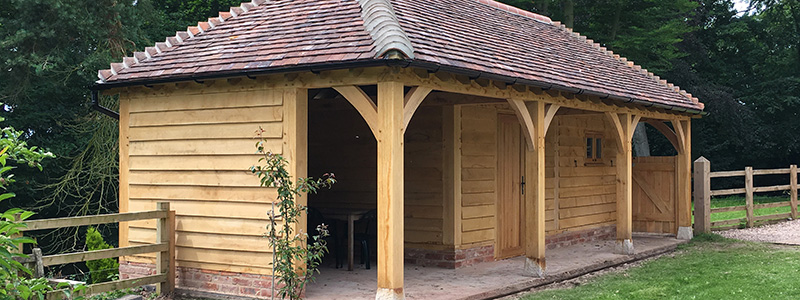
Source -
European oak is straight and has a coarse uneven texture, and its golden-brown in color can vary from time to time. The wood is durable, despite being susceptible to water-soluble substances. Its workability is moderately good, and experts advise pre-drilling. This is because nailing and screwing can be a bit difficult.
Oak naturally reacts with iron, and experts, therefore, advise stainless steel for nails and screws used on European oak elements.
The stunning appearance of European oak can be enhanced by beautiful stains and finishing, and many imported fixtures are pre-treated through kilning, finger-jointing, and machining before delivery to clients.
Considerations for choosing the right species for timber cladding
Construction experts recommend using a more durable timber species for cladding. Wood species are typically rated as per their ability to resist biological hazards. The rating spans from Class 1 for the most durable species to Class 4 for non-durable species.
For cladding, experts advise using species with a rating between 1 (the most durable) and 3 (moderately durable).
European larch, Douglas fir, European oak and Western red cedar are among the best-suited species to use in the cladding. They do not require preservative treatment since they are naturally resistant to rot, insects and moisture.
Species like fir, pine, and spruce have to be treated with chemicals like boron which reduces the rate of decay while increasing wood’s resistance to fire.
You can use cost-effective softwood cladding, priced between $4 to $7 per square foot. However, in its natural raw state, softwood can deteriorate very quickly. Because of its natural properties, softwood cladding requires regular staining and painting.
Experts recommend applying three coats of stain when softwood cladding is first installed. When considering this additional maintenance, softwood does not appear to be the most cost-effective type of timber cladding. Species that do not require training or staining immediately appear more appealing.
While hardwood species can be left untreated during and after installation, oiling them is recommended to further bring out their visual appeal and enhance their durability. Therefore, the effects of weathering can be lessened by applying a clear and colored coating to the timber every few years.
Applying the right preservative coating and finishing will extend the useful lifetime of cladding while keeping maintenance to a low level that is practical and cost-effective.
Conclusion
Ultimately, the type of timber cladding you pick will be determined by your budget and the appearance you are targeting. However, knowing what type of cladding to look out for will help you make better decisions regardless of your choice.
Cost is likely to be a particular sticking point in home construction and improvement projects, since the price depends on how much cladding is needed, the species of wood chosen and the preferred profile.
Ensure you gain a solid cost estimate by getting in touch with different timber cladding experts. Try to get as many details as possible such as the initial quote, the cost of delivery and the cost of installation.



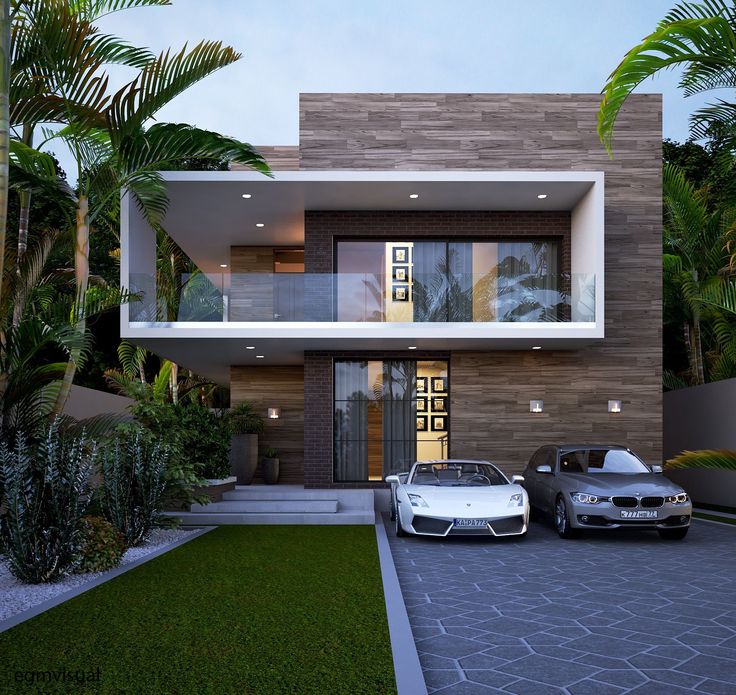
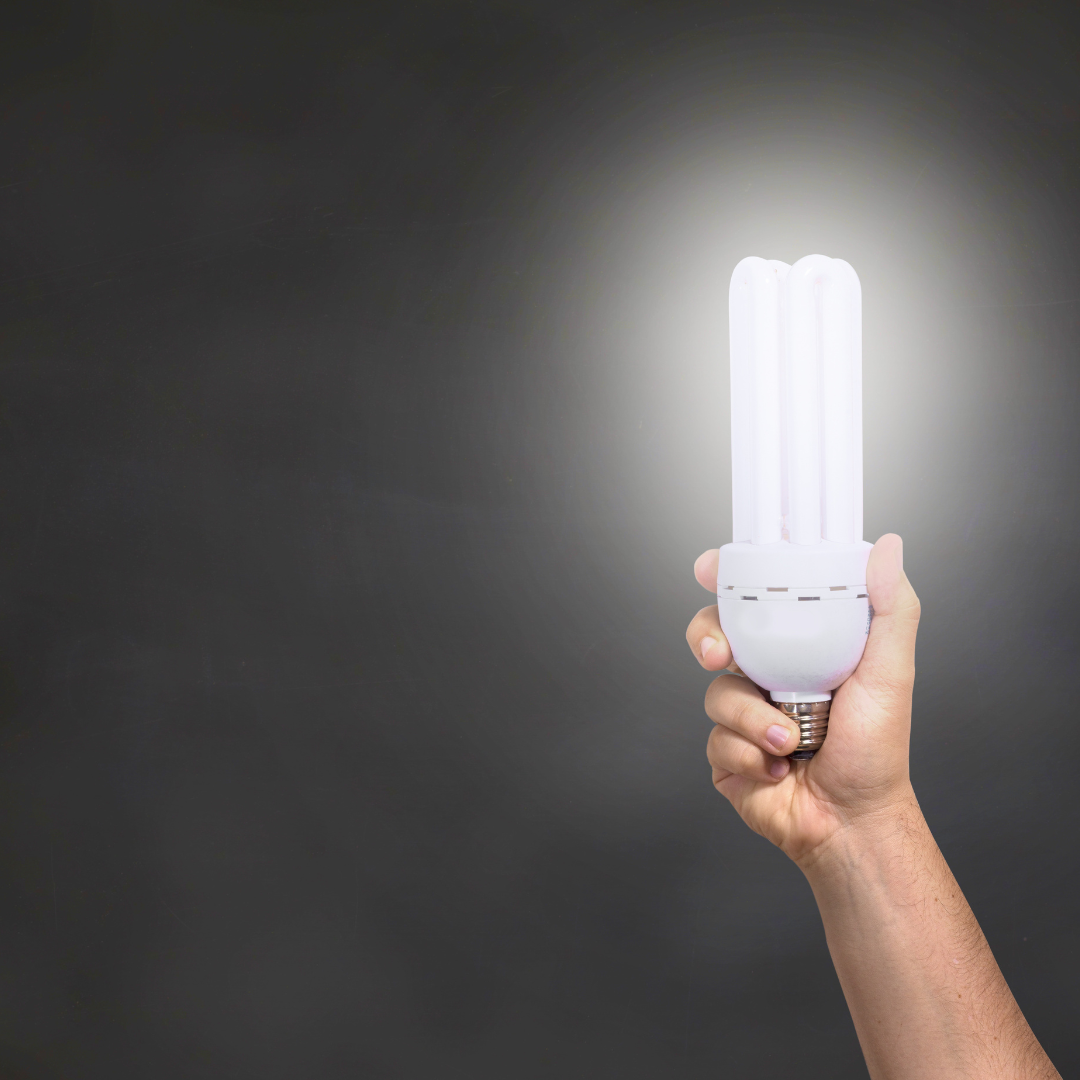
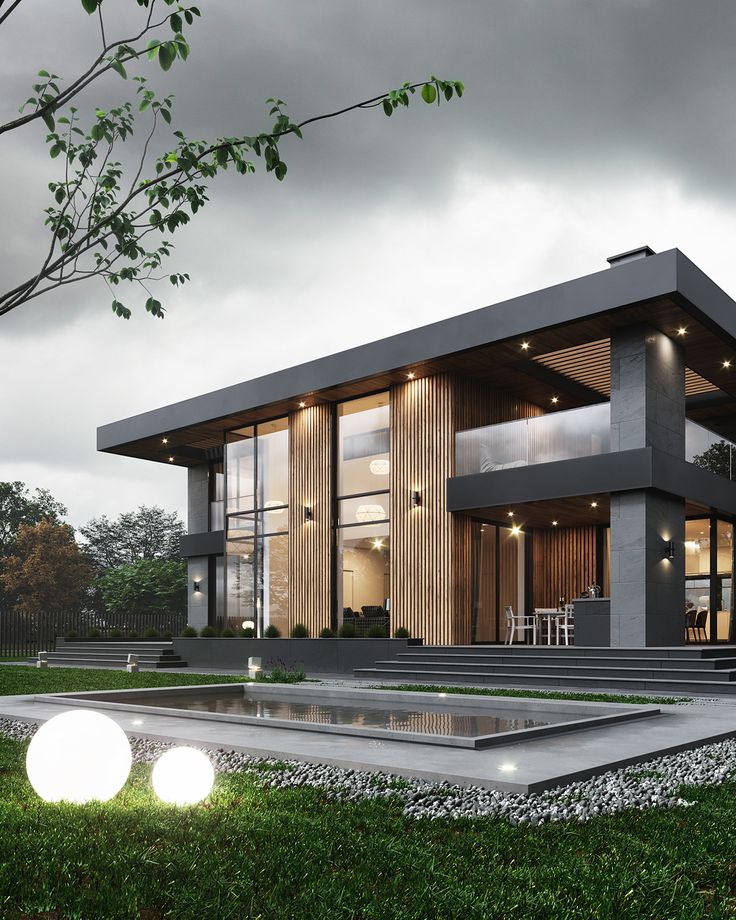
Leave a comment
This site is protected by hCaptcha and the hCaptcha Privacy Policy and Terms of Service apply.